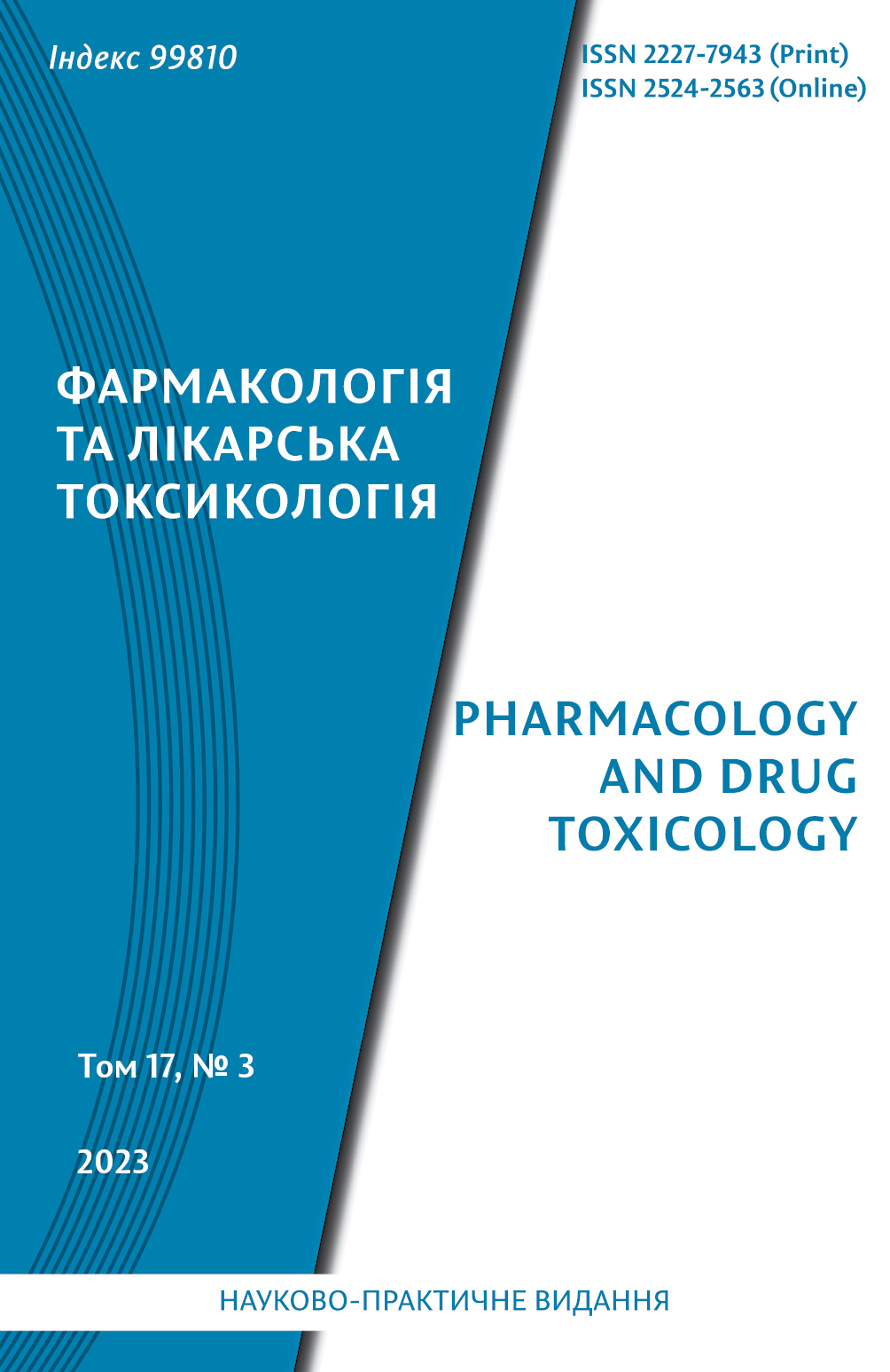Abstract
The article provides an analysis of the literature devoted to the treatment of pain syndrome, indicates the main classes of pain-relieving drugs, the appropriateness of their use for various types of pain and the degree of its severity.
The main classes of analgesic drugs include narcotic (opioid) analgesics, non-steroidal anti-inflammatory drugs and non-narcotic analgesics, as well as auxiliary (adjuvant) drugs (antidepressants, local anesthetics, agonists of central α-adrenoceptors, neuroleptics, anxiolytics, hypnotics). Agents that act on the endogenous cannabinoid system and desensitizers of vanilloid receptors are increasingly being used as analgesics.
The clinical heterogeneity of the pain syndrome, the complexity and multiplicity of their pathophysiolog- ical mechanisms underlying make it impossible to standardize the treatment of different types of pain syndrome. Today, on the one hand, well-known classes of analgesics continue to be researched, «modifi- cation» of already known molecules is taking place. On the other hand, new molecular targets for the analgesic effect of drugs are being actively searched for, the mechanisms and pathways of nociception and antinociception are being discovered and clarified, and hybrid molecules with polypharmaceutical mechanisms of action are being developed and implemented.
